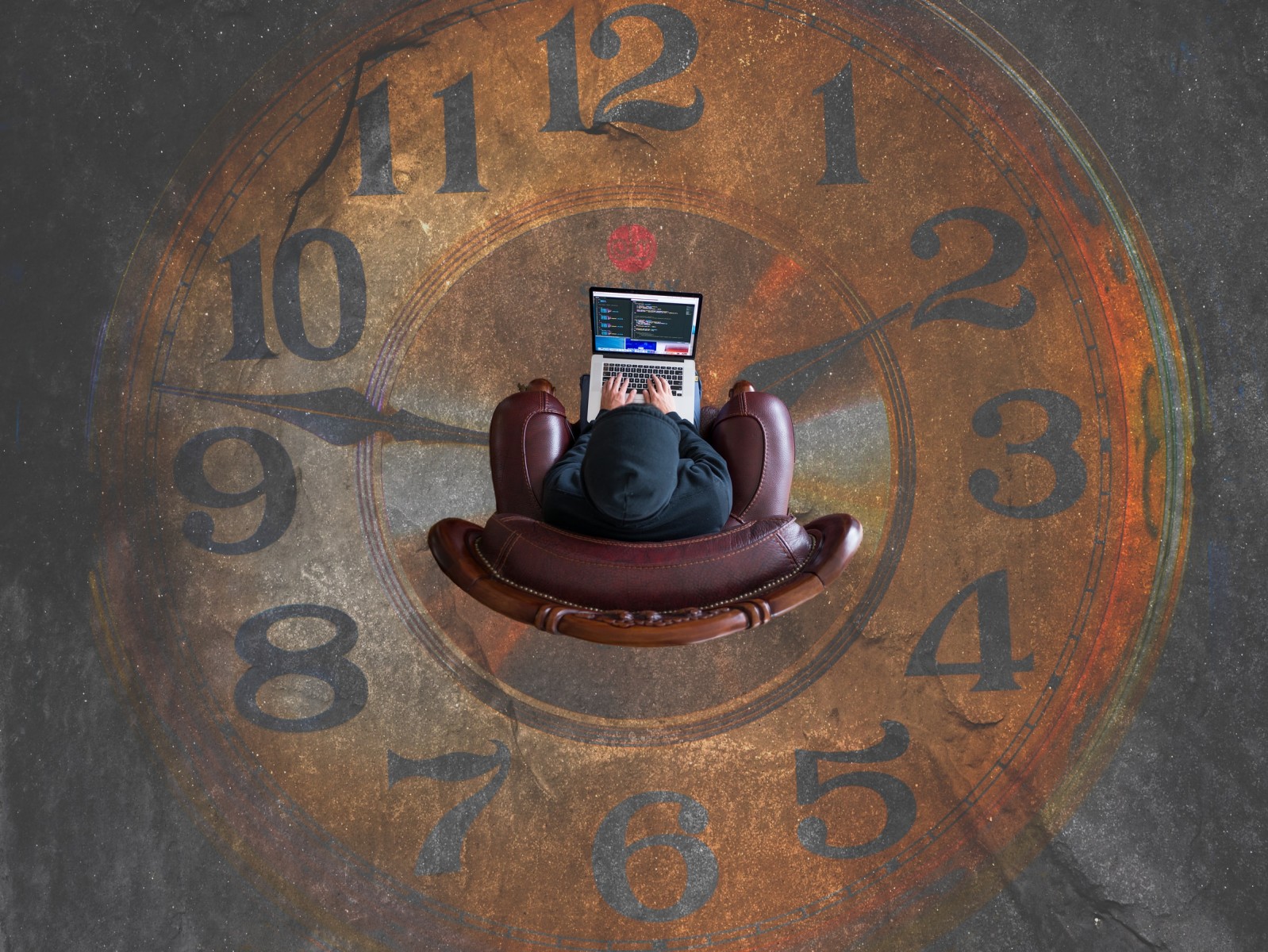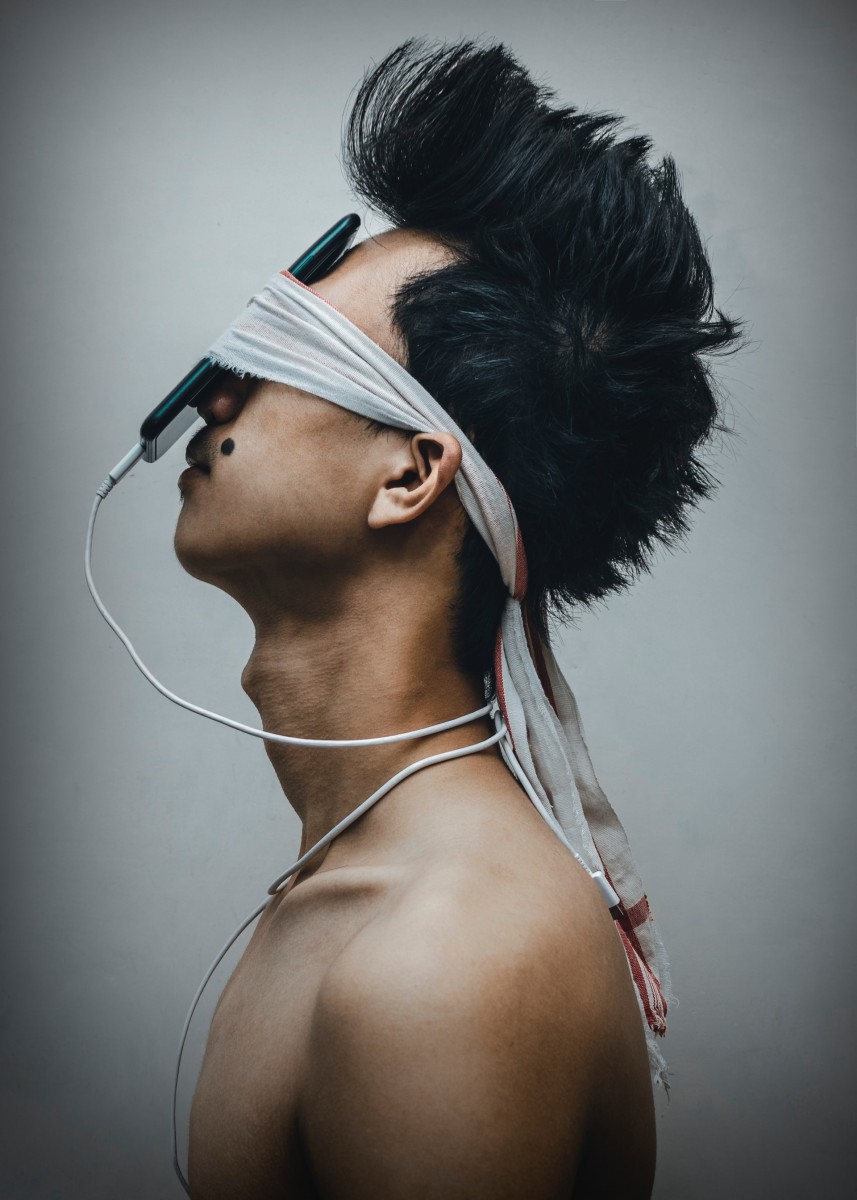We've highlighted only 7 important points, but based on them, you can build other principles that will be useful in your work. Go for it.
1. Don't copy others
Let's be honest—every designer at the beginning of their career takes inspiration from more experienced colleagues, sometimes reinterpreting their designs and creating their own based on that. And it's not shameful even for experienced designers when inspiration has left, and the deadline is knocking at the door. But such practice should not become a habit.
None of us are born with the talent to create websites. Practice is everything. You can train your artistic taste and nurture creativity. So experiment, learn, apply new tricks, follow trends, and try to come up with something of your own.
Remember that inspiration and plagiarism are different things. Always try to generate your own ideas when getting acquainted with a project; only then can you cultivate your own creativity.
Moreover, this is the path to creating a design that truly 100% matches the message and theme. Other people's solutions are made for a different product. Even if they have similar themes, it doesn't mean they are suitable. Each company has its own unique selling proposition, its advantages and features, target audience, and even geographical location play a role.

2. Don't waste time
First, try to do the main tasks, then move on to the details. If you don't have time to draw icons, you can take them from one of the many free stocks. Read more about this in the article "The Role of Icons in Web Design. 10 Resources with Free Icons".
But if in the pursuit of creating the perfect button you miss the main design and a fully created layout, that's already a problem. You can pay attention to the little things if there's really something fundamentally new and important in them. But in other cases, get to work only after the concept is approved by the client. Discuss the structure, idea, color schemes, and do exactly as much as needed to understand the overall picture. Delivering a ready-made design right away is good, but often it's a path to a large number of edits. And if you agree on the project at the semi-finished stage, you will show your promptness and save yourself from unpleasant reworks.
This point also includes agreeing on details with the layout designer. Are you sure all your tricks can be implemented properly? And won't the specialist curse you while performing this task? Think about it before doing something, and then consult. And for understanding, immediately watch the online premiere "Creating Design Convenient for Layout. Practice".

3. Don't do everything the client wants
Yes, they hired you. Yes, they pay money. No, they're not always right. In this field, you act as an expert; if the client knew how to do it themselves, they wouldn't have hired you. And very often it happens that the client wants outright nonsense. They don't have your experience and taste; in their head, the picture is completely different. The specialist's task is to understand the idea and wishes but gently and tactfully explain that some decisions won't be successful. Justify this, show examples. In this quest, it's important not to hurt the client's delicate psyche so that they don't think you consider their ideas bad and stupid—diplomacy is everything.

4. Don't take on too much
Development is always associated with stepping out of your comfort zone; you need to go beyond, solve new tasks, and boldly accept challenges. But there are requirements that can't be solved by design. Sometimes it's worth letting others do their job. If you're a universal specialist and create the site entirely by yourself, that's one thing. But if there are other specialists working with you, don't take on their responsibilities. You can recommend. You must explain your vision of the project and coordinate actions. But don't pull the blanket over yourself. If it's really hard for you to work in a team and you think that "if you want it done right—do it yourself," then reconsider your work format.

5. Don't put on all the best at once
You have signature tricks, you're bursting with brilliant ideas, and in every block, you apply creativity and imagination? Stop for a second and think, does the project need all this? Maybe you just want to express yourself, not solve the assigned task. In this case, cut off the excess, and transfer the cool solutions to a separate folder—you'll return to them when you face a creative crisis.
Remember that information overload reduces conversion; it's hard for the user to navigate through a large number of unusual elements; their brain gets tired of this. Strive for conciseness, clear structure, and simplicity.

6. Don't anticipate content
We recommend starting from existing information and texts when creating a design. Suppose you're creating a design for a project and put placeholders like "lorem ipsum." You're a specialist; you know that product advantages will look good here, and company information there.
But you probably don't know exactly what will be there, whether the client has that information, and how crucial it is. Maybe it would be worth focusing on one feature and completely omitting others. Also, you don't know the sizes of those points—don't force the client and copywriter to fill the space with what's not there, invent non-existent details, and add fluff.
Creating layouts without text is a path to monotonous sites without zest. You should immediately adapt to the project, not dictate conditions based on design.

7. Don't chase quantity
Practice is the key to success; there's no room for debate here. But realize that it's important to focus on quality. If you just take all orders in a row, it's more likely a path to burnout than growth. And you won't earn more either; it's an illusion—in endless order marathons, you simply won't find time and reasons to raise your rates. As a result, you'll get stuck at one level and face the same stupor as in the office—year after year the same thing, no prospects, no promotion, only routine and hatred for your work. Remember: less is more.
You'll learn more about professional growth and raising your level in the online coaching "Freelancer: The Big Game". It's useful not only for designers but also for developers and layout designers. Learn to do quality work and increase your income in freelancing! Join now.

